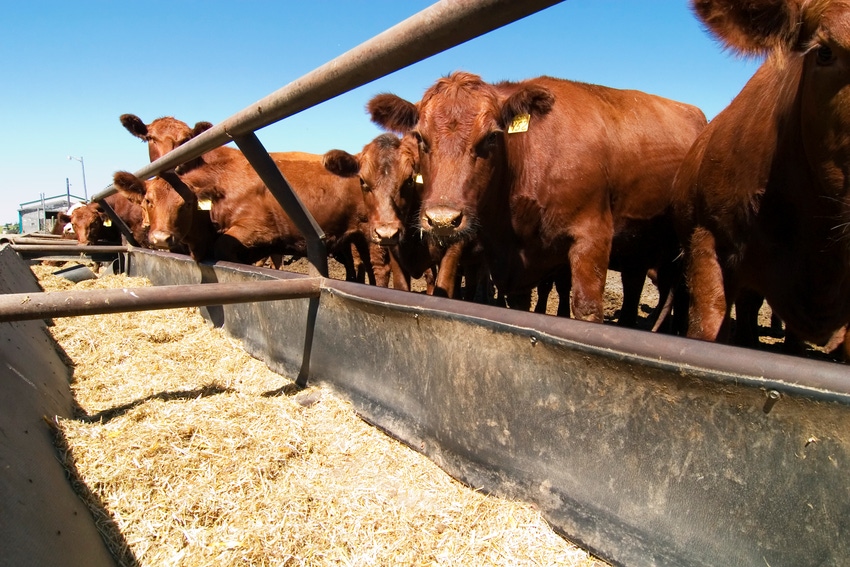Tips offered for dealing with flooded hay, grain
First step is to determine if water is from potentially contaminated flood waters or ponded water from rain or snowmelt.

As historic flood waters begin to recede in some parts of the Upper Midwest but start to swell downstream, livestock producers are faced with trying to salvage stored forages and feedstuffs that may have been affected by water.
In a "Nebraska Beef Watch" post, Mary Drewnoski, Nebraska Extension beef systems specialist, provided answers to some common questions.
Q. Is wet feed and hay salvageable?
A. The first thing to ask is: Where did the water come from? If hay, silage or grain was in contact with flood water that could have come in contact with chemicals from buildings or cities (any water from rivers or streams), federal regulations state that it should not be fed and should instead be disposed of, Drewnoski said.
Feed that was in fields that ponded due to rain or snowmelt could be salvageable, she added, noting that if water came up through tiles into a field, that water could contain animal waste products, high chemical levels and other contaminants.
Q. Get wet hay away from structures.
A. Hay bales that get wet can spontaneously catch fire, Drewnoski said, explaining that bales that are 30-40% moisture pose the greatest risk of fire. Thus, it is a good idea to get flooded hay out of buildings as soon as possible, she said.
To check a hay stack's temperature for fire risk, drive a sharp, pointed pipe into the hay, lower a thermometer inside the pipe and leave it there for about 20 minutes, Drewnoski said. At 150°F, the hay is approaching the danger zone. At 170°F, hot spots or fire pockets are possible.
Because of hay's tendency to heat and mold quickly, hay that was not in contact with moving flood water should be spread out to dry as soon as possible and turned often. If the hay has molded, it is best to dispose of it, she said.
Q. How do you deal with wet grain?
A. According to Drewnoski, corn that was in ponded water will stay at about 30% moisture after the water drains off of it, and soybeans will stay at about 25% moisture. If the grain was in ponded water that was not potentially contaminated with chemicals, then it could be treated like high-moisture corn and could either be packed or bagged and allowed to ferment, she said.
Grain is likely to be moldy by the time the water has receded, Drewnoski added, noting that it is a good idea to test wet grain for mycotoxins (the toxic substances produced by fungi).
Whole corn and whole soybeans can be fed to cattle. Feeding corn is a good way to provide supplemental energy. However, cattle that are not used to receiving grain should have the corn slowly introduced in the diet, Drewnoski said.
Soybeans contain 20% fat and, thus, need to be limited to 10-12% of the ration's dry matter. However, they are a good source of both protein (40% crude protein) and energy (91% total digestible nutrients). Drewnoski said producers should make sure cattle are not eating a supplement with urea when offering whole soybeans.
When feeding, Drewnoski said cattle producers should remember to adjust amounts fed for moisture levels, since the added water does not contribute any nutrients (besides water).
About the Author(s)
You May Also Like



